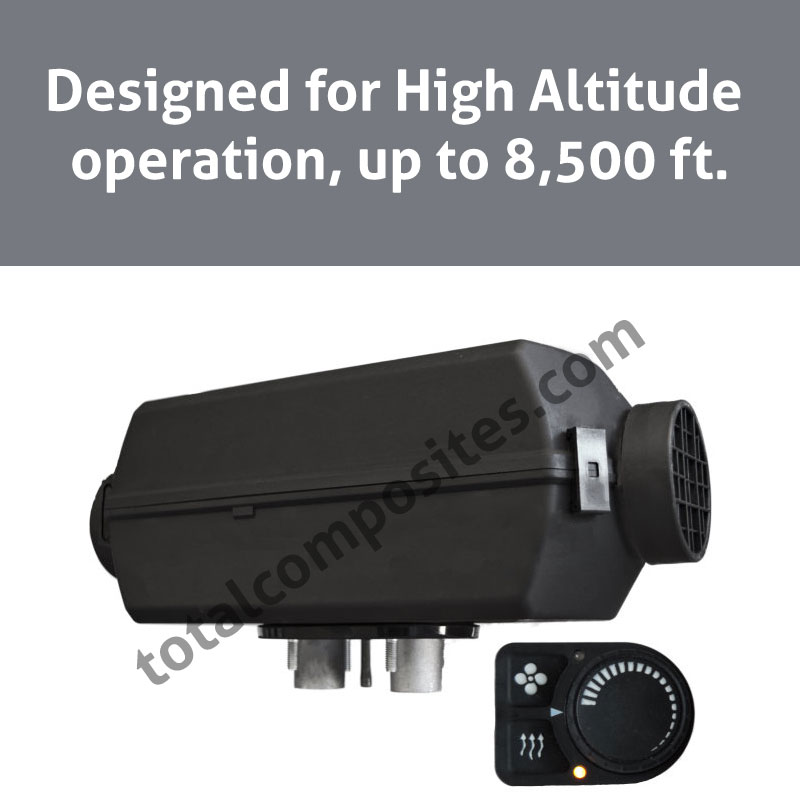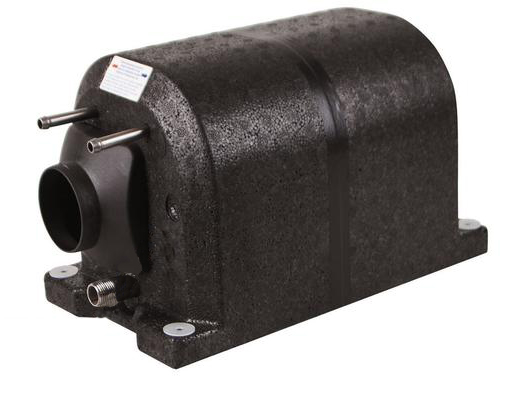cameronsturgess
Active member
Hi all,
we finally secured reasonable insurance for a Fuso and the completed expedition truck. PM me if you are in canada and having challenges getting insurance at something reasonable (ie around 1000-1500/yr vs the first quotes which were 12,000/yr). We now have started down the same path as JETSTREAMING.
We purchased a 2010 FG140 that spent its life as a dump truck, fortunately it was very well cared for and despite being in ontario has very little rust (it was oil sprayed every year). Total composite box panels are currently being shipped from China to Vancouver (thanks Andreas at Total Composites). ITB will be starting the build in June. Prior to then I would love any input as this is the first time we have built an expedition truck. I built a model in SKETCHUP that I am happy to share you want. PM me with your email and I will send it over. I would very much appreciate input on the following:
1. what kind of heater ? diesel is our initial preference. that leads us to webasto dual top (where can we buy these ? does anyone know where to get them serviced if they break ?) or go with Andreas' idea of Planar and a heat exchanger to heat the cabin and hot water. or Truma but I can't figure out of Truma is importing a diesel version ?

 totalcomposites.com
totalcomposites.com

 totalcomposites.com
totalcomposites.com
2. where should the heater be located ? under the dinette (away from the bed) closer to the cab ? so we don't hear the clicking fuel pump and sound of the heater, or place the heater under the storage area (directly below the bed)
if there are any other builders that would like to connect please feel free to reach out. thanks again for your help ...Cameron
...Cameron
we finally secured reasonable insurance for a Fuso and the completed expedition truck. PM me if you are in canada and having challenges getting insurance at something reasonable (ie around 1000-1500/yr vs the first quotes which were 12,000/yr). We now have started down the same path as JETSTREAMING.
We purchased a 2010 FG140 that spent its life as a dump truck, fortunately it was very well cared for and despite being in ontario has very little rust (it was oil sprayed every year). Total composite box panels are currently being shipped from China to Vancouver (thanks Andreas at Total Composites). ITB will be starting the build in June. Prior to then I would love any input as this is the first time we have built an expedition truck. I built a model in SKETCHUP that I am happy to share you want. PM me with your email and I will send it over. I would very much appreciate input on the following:
1. what kind of heater ? diesel is our initial preference. that leads us to webasto dual top (where can we buy these ? does anyone know where to get them serviced if they break ?) or go with Andreas' idea of Planar and a heat exchanger to heat the cabin and hot water. or Truma but I can't figure out of Truma is importing a diesel version ?

Diesel Air Heater Planar 2D-12 High Altitude - Total Composites Technologies Ltd.
Please visit www.expeditionupfitter.com to Purchase Diesel Air Heater PLANAR 2D-12 -PU5 HA comes with a basic installation kit with the High Altitude adjustments and an Operations Manual. Designed to provide safe instant heat to the interior of any type of vehicle! We offer the 12 V version...

Elgena Nautic-Compact Water Heater 10L - Total Composites
Nautic-Compact Air is a hot water boiler designed specifically for motorhomes, Yachts, and sales vehicles. It will work with many styles of diesel air heaters (Planar, Wabasto, Espar). No power is needed to run this unit. Manufactured from top quality materials in Germany with a 5-year factory...
2. where should the heater be located ? under the dinette (away from the bed) closer to the cab ? so we don't hear the clicking fuel pump and sound of the heater, or place the heater under the storage area (directly below the bed)
if there are any other builders that would like to connect please feel free to reach out. thanks again for your help








